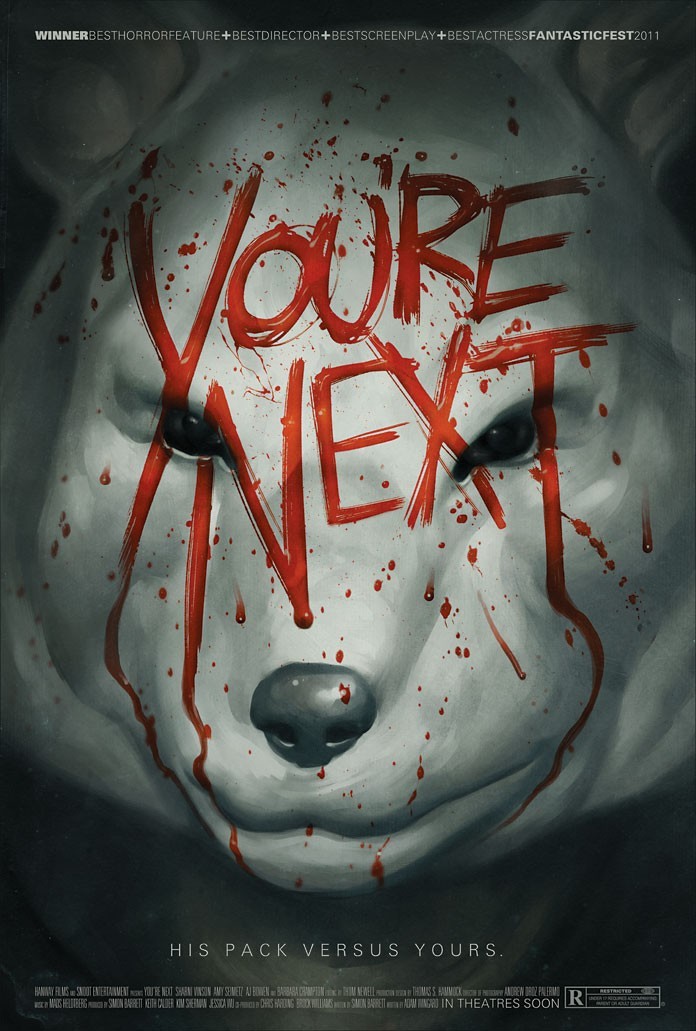
Gravity
The meaning of the word spectacle in movies has become
twisted over the last couple of decades. There is very often a “more is more”
thinking behind spectacle, that to be the reigning king of movies there must be
bigger action, bigger special effects, and bigger characters. The new movie by
Alfonso Cauron (director of the acclaimed “Children of Men” and “Harry Potter
and the Prisoner of Azkaban”), “Gravity,” puts that mindset to rest. For as
large scale as “Gravity” appears to be, it’s greatest asset is actually it’s
simplicity and restraint.
Much of this to with its unwavering focus on its central
character, Ryan Stone, played by Sandra Bullock. While George Clooney is also
an important player here too, the majority of the film is a one-woman show of
Bullock and Cauron keeps the audience attached to her through frequent
close-ups. This means that nearly the entire film is reliant on her
performance, and not only is Bullock more than up for the task, but this is
arguably the strongest work she has ever done.
The little bits of self-effacing humor that the actress has
shown throughout her career endear us to her before the action starts, and then
afterwards the sense of fear and self-doubt that lines her face is incredibly
palpable. Meanwhile, in his shortened amount of screen time, Clooney is as
effortlessly charming as ever, and serves as a perfect conduit for convincing
Stone (and the audience) that everything is going to be all right. Fans of
“Apollo 13” (who isn’t?) will also get a kick out of hearing Ed Harris’ voice
as Mission Control back on Earth.
And once the danger arrives in the form of bullet-speed
debris, “Gravity” is practically non-stop in its thrills. Despite never being
in space myself, the terror of floating through the endless void with nothing
to stop is surprisingly contagious. Suspense runs relentlessly thick throughout
even in the quiet moments because we are made aware that one minor slipup could
be fatal for the characters. Adding to this is the silent beauty of space,
where large explosions and clashes are muted against the actor’s voices and
Steven Price’s score.
Cauron masterfully holds the attention through the many long
takes that comprise the film. In an age where many movie spectacles are chopped
into hundreds of quick edits to create excitement, it’s quite remarkable how
Cauron is able to better those simply by holding the camera on his actors and
tracking them around the “sets” as they make near-death escapes. I put sets in
quotations because almost of the film was surely made with computer effects,
yet the minimalism on display and total immersion into the character’s journey
makes them feel completely real.
However, “Gravity” is far from simply a technical showcase
for Cauron and the effects artists. In addition to the tense physical challenge
Ryan has to overcome, she also undergoes a personal arc that runs underneath
the plot mechanics. Details of her life back home come to light that inform her
actions, and the much of imagery carries a subtext of rebirth. For those that
parse out that meaning from the visuals, then the ending will prove to be
especially cathartic. Even so, “Gravity” wraps that spiritual story around a
film full of fear, excitement, and wonder, so it works both as pure
entertainment and a great film in general.
4/4




